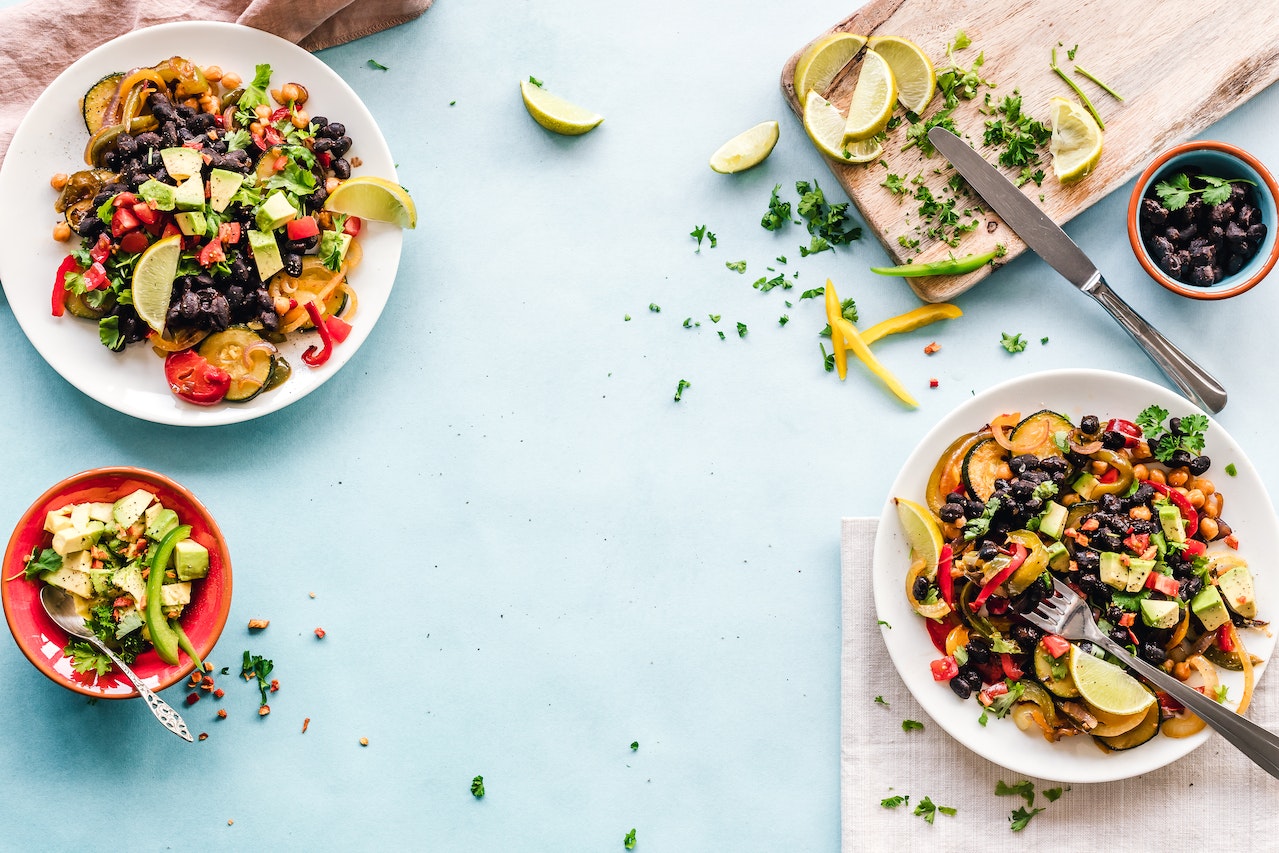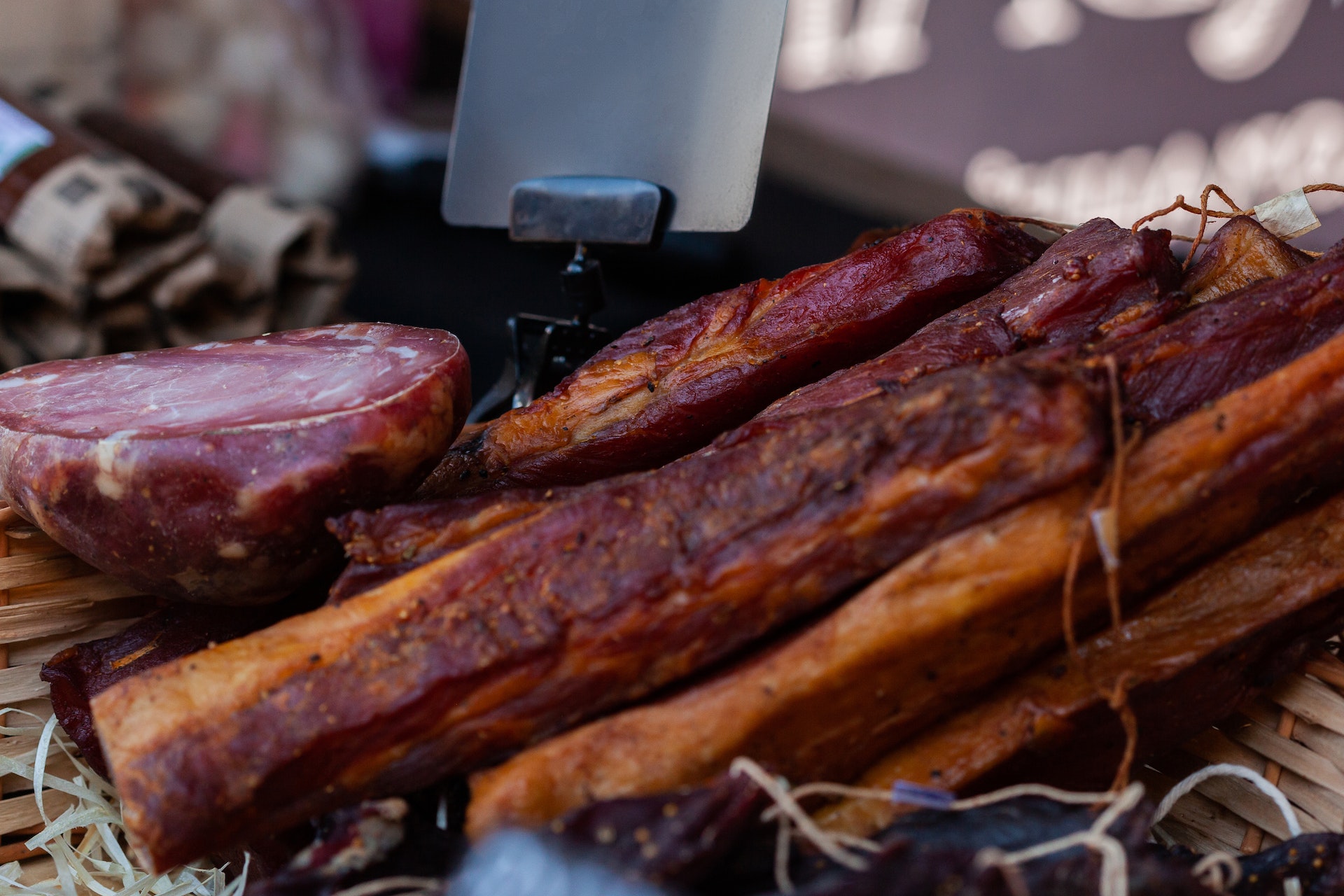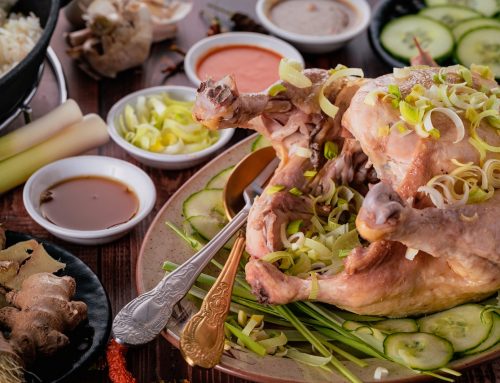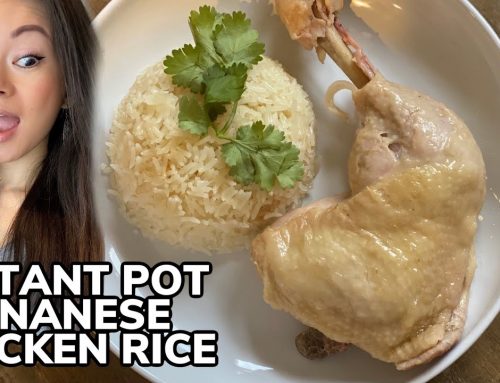
How to Use Your Freezer as a Cooking Tool
How to Use Your Freezer as a Cooking Tool

A variety of different items’ textures and flavors might change when they are frozen.
The freezer’s benefits as a tool for food preservation are evident, but it is capable of much more than merely storing food. Additionally, it functions as a tool for cooking. Some of these methods have already been covered in articles on Salwa Kitchen. Clams and other shellfish can be cryo-shucked, vegetables and herbs like basil can be cryo-blanched, octopus can be tenderised, and soft pig fat can be hardened to make slicing it simpler.
There are other options, though. The Chinese home-cooking playbook has a variety of methods that make use of the freezer to alter the textures of food and improve tastes in ways that would be challenging to do otherwise.
Many of these methods are older than the usage of contemporary freezers. Fruits, vegetables, and other foodstuffs were frequently kept outside the home in Northeast China throughout the winter, where they were exposed to bitterly cold conditions and snowfall. While some of the food would be prepared and consumed during the cold season, others would be stored there throughout the season and then eaten in the hot months. And after being taken back inside and defrosted, those substances would have undergone significant changes. Let’s look at the specific examples below, each with an associated recipe, to show how the freezing process may alter items and for suggestions on how to use those changes to create great cuisine.
Roasted Sweet Potatoes, Frozen

The most straightforward use of this concept is also my favorite. In the winter, you may find roasted sweet potato carts stationed on street corners in many East Asian cities, including Hong Kong, where I was raised. A big, coal-heated wok with stones on one end of a little trolley. In order to make wonderfully caramelized wok-roasted sweet potatoes with brilliant, fluffy flesh and a thin, papery, toasted exterior, the seller continuously throws pebbles in the pan with the sweet potatoes. The whole sweet potatoes are first frozen before they are roasted in cities with colder climates. This is done either by letting them naturally freeze on the cart in ambient sub-zero temperatures or, in at least a few instances I am aware of in Hong Kong, by purposefully placing them in a freezer.
The water within the sweet potato freezes and creates ice crystals, which have jagged edges and pierce the cell walls of the flesh, changing the texture of the potato and making it more soft and fluffy when roasted. There is an additional benefit to the freezing stage, according to Tim Chin’s subsequent testing of this approach (spoiler: he discovered this freeze-roast process creates the most delectable baked sweet potatoes by far). The potato spends more time in a very special temperature range between 135°F and 170°F (57°C to 76°C), where a natural enzyme in the potato called amylase starts working overtime to convert complex starches into sweet maltose sugar. By lowering the potato’s starting temperature and then roasting it while still frozen. In his dishes for roasted sweet potatoes and sweet potato mash, Kenji also makes use of this.
As a consequence, a wonderfully roasted sweet potato is produced that has a rich sweetness and texture similar to sweet potato pie. Although it tastes great eaten just by the spoonful, I also prepared a straightforward yet rich presentation in which the roasted frozen sweet potato is topped with tart and light whipped crème fraiche and oats.
I’ve discovered that sweeter species of sweet potatoes, such purple-fleshed sweet potatoes or Carolina ruby yams, where the naturally high moisture content magnifies the impact of freezing, are best for using this approach. On the other hand, freezing white-fleshed Okinawan sweet potatoes and normal Russet potatoes makes roasting them less successful.





